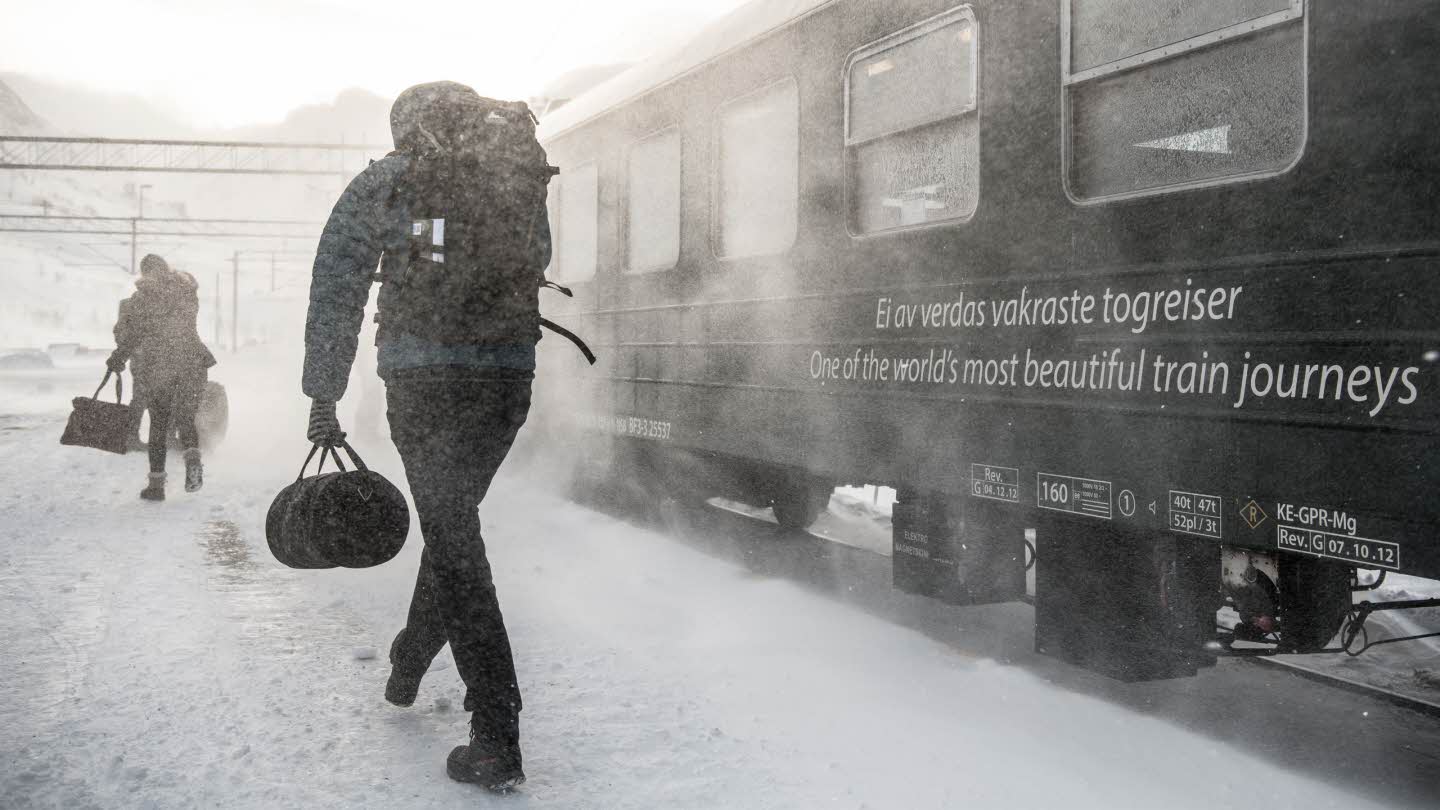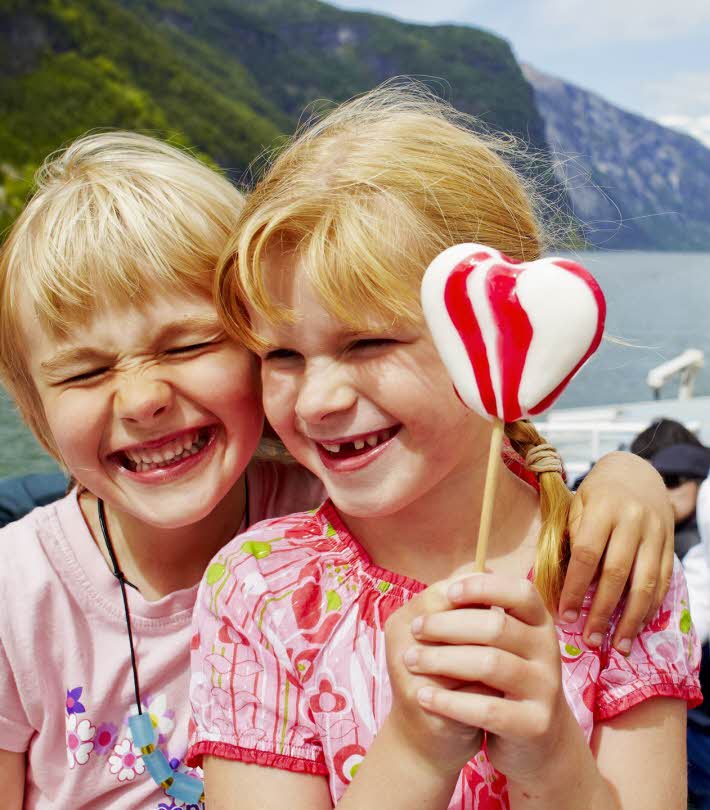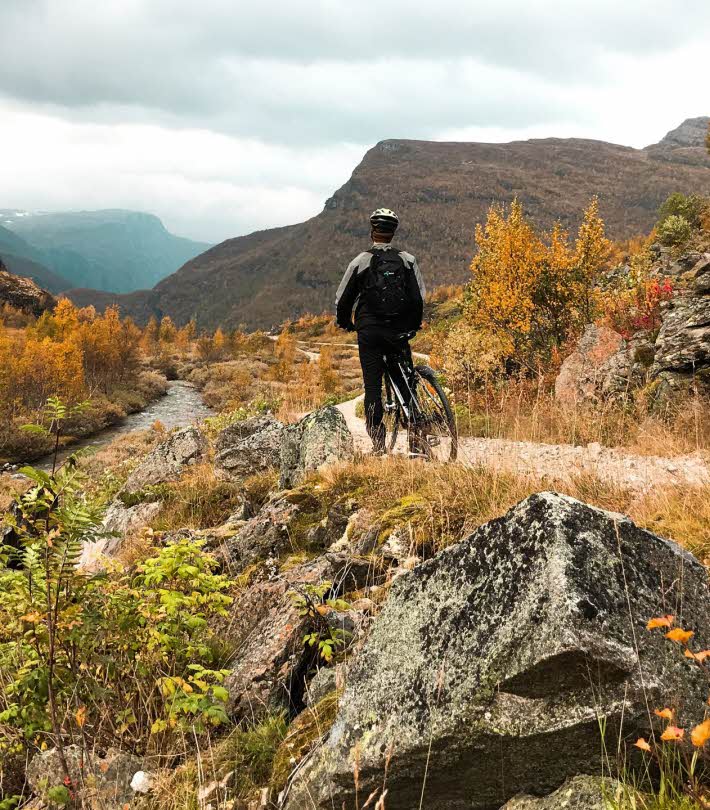Autumn
September, October and November make up the autumn season in Western Norway. Autumn is the golden time of year in Norway, with leaves in a variety of colours, pure, clear air and tasty fruits, berries and mushrooms. During the first months of autumn you can spot the change in colours from bright green to beautiful yellow, orange and red. A sight for the eyes!
Autumn is a great time to head into the mountains, take a bike ride or stroll by the fjords or in the valleys. The famous Rallar Road is a popular attraction in the autumn season, offering great views of waterfalls and lush nature in changing colours. A spectacular combined trip is to enjoy the nature on a train ride on the Flåm Railway from Flåm to Myrdal, then rent a bike and cycle back from Myrdal and down the last part of the Rallar Road to Flåm.
During the first months of the autumn season, the temperatures can still be quite warm and pleasant, sometimes even as high as in the summer months. But it can also be wet and chilly, so it's a good idea to dress in multiple layers and have access to warm clothing and an umbrella. In November, winter is fast approaching with the first snowfall, and it's time for cosy log fires and indoor amusements.





